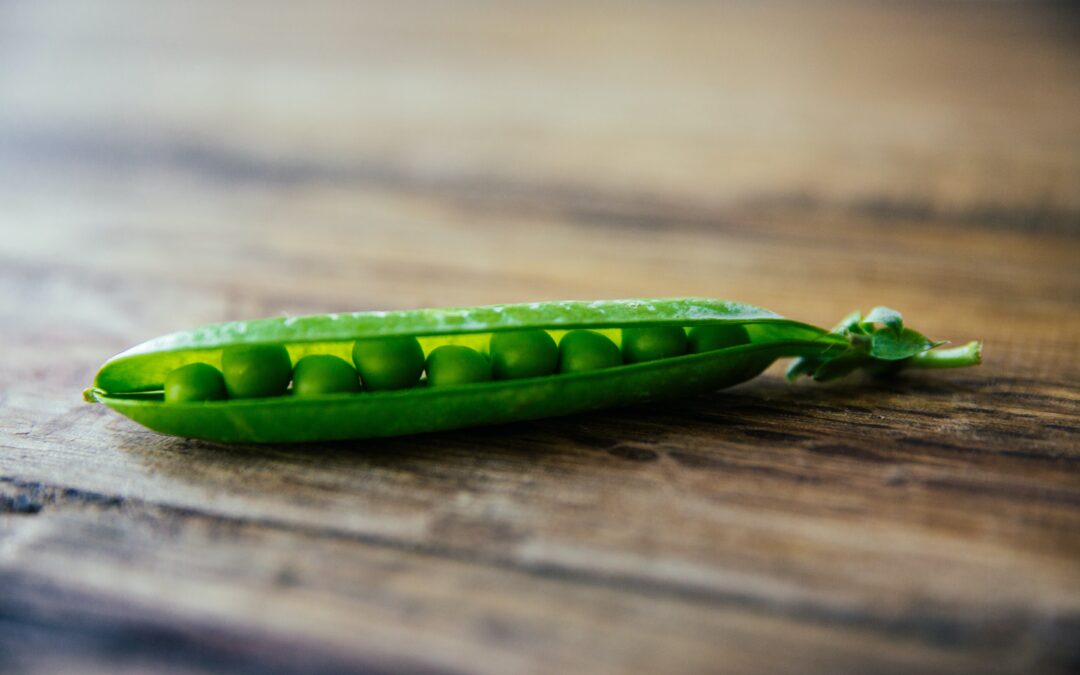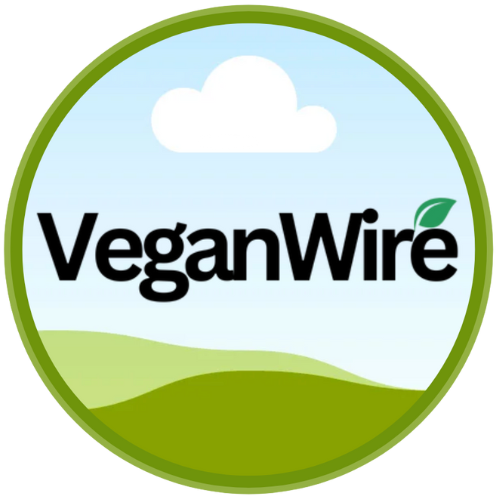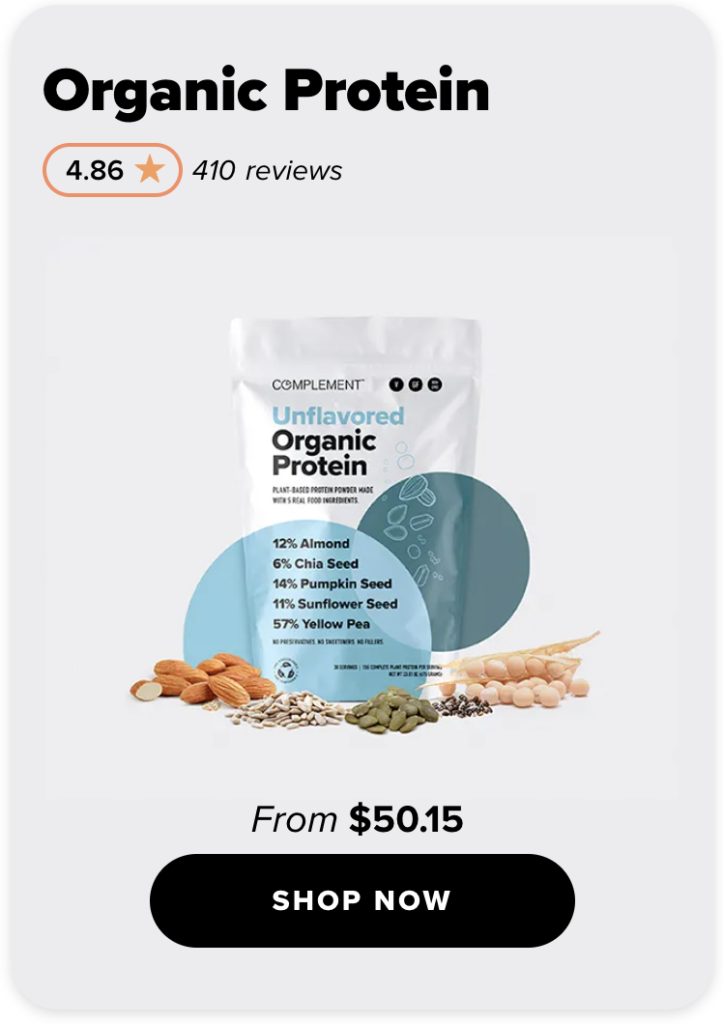Protein is an essential macronutrient that plays a vital role in the body. It helps to build and repair tissues, produce enzymes and hormones, and transport molecules throughout the body. While animal-based sources of protein, such as meat, dairy, and eggs, are commonly consumed, there are also many plant-based sources of protein that can be included in the diet. These sources can be especially beneficial for those following a vegetarian or vegan diet, or for those looking to increase their intake of plant-based foods.
In this article, we will explore the top plant-based sources of protein, as well as their nutrition profiles and potential health benefits.
Legumes
Legumes, such as beans, lentils, and peas, are a rich source of plant-based protein. They are also high in fiber, which can help to improve digestion and prevent constipation. Legumes are a good source of a variety of micronutrients, including iron, zinc, and B-vitamins.
One cup of cooked kidney beans, for example, contains approximately 13 grams of protein and 15 grams of fiber (1). Lentils, another type of legume, provide about 18 grams of protein per cup when cooked (2). Chickpeas, also known as garbanzo beans, contain about 15 grams of protein per cup (3).
Legumes can be easily incorporated into the diet in a variety of ways. They can be added to soups, stews, and salads, or used as the base for dips, such as hummus. Legumes can also be used to replace meat in dishes, such as tacos and burritos.
Nuts and Seeds
Nuts and seeds are another good plant-based source of protein. They are also high in healthy fats, which can help to improve heart health and reduce the risk of chronic diseases. Nuts and seeds are a good source of a variety of micronutrients, including vitamin E, magnesium, and zinc.
One ounce of almonds, for example, contains about 6 grams of protein (4). Pumpkin seeds provide about 7 grams of protein per ounce (5). Chia seeds contain about 4 grams of protein per tablespoon (6).
Nuts and seeds can be easily added to the diet as a snack or used as a topping for oatmeal, yogurt, and salads. They can also be ground into nut butter or used in baking.
Grains
Grains, such as quinoa, oats, and bulgur, are another good source of plant-based protein. They are also high in fiber and a variety of micronutrients, including B-vitamins and iron.
One cup of cooked quinoa, for example, contains about 8 grams of protein (7). Oats provide about 6 grams of protein per cup when cooked (8). Bulgur, a type of cracked wheat, contains about 6 grams of protein per cup (9).
Grains can be easily incorporated into the diet as a base for salads, or used as a substitute for rice in dishes such as stir-fries. They can also be consumed as a hot breakfast cereal or used in baking.
Soy
Soy is a unique plant-based protein source as it is a complete protein, meaning it contains all nine essential amino acids. Soy is also high in iron and calcium and has been linked to a variety of potential health benefits, including a reduced risk of heart disease and certain types of cancer (10).
One cup of cooked soybeans, also known as edamame, contains about 28 grams of protein (11). Tofu, which is made from soybeans, contains about 8 grams of protein per half cup (12). Soy milk contains about 7 grams of protein per cup (13).
Soy can be easily incorporated into the diet in a variety of ways. Edamame can be served as a snack or added to salads and stir-fries. Tofu can be used as a meat alternative in dishes such as stir-fries and sandwiches, or blended into smoothies. Soy milk can be used as a milk alternative in baking or consumed on its own as a drink.
Other Plant-Based Protein Sources
In addition to the sources mentioned above, there are many other plant-based protein sources that can be included in the diet. These include:
- Hemp seeds: Containing about 10 grams of protein per 3 tablespoons (14)
- Chlorella: Containing about 4 grams of protein per tablespoon (15)
- Spirulina: Containing about 4 grams of protein per tablespoon (16)
- Nutritional yeast: Containing about 6 grams of protein per ounce (17)
It is important to note that while plant-based protein sources can be a valuable addition to the diet, they may not provide all of the essential amino acids in the same amounts as animal-based protein sources. Therefore, it is important for those following a vegetarian or vegan diet to consume a variety of plant-based protein sources and to ensure they are meeting their protein needs.
Conclusion
Plant-based sources of protein, such as legumes, nuts and seeds, grains, and soy, can be a valuable addition to the diet. They are rich in protein and a variety of micronutrients and have been linked to a variety of potential health benefits. These sources can be easily incorporated into the diet in a variety of ways and can be a great option for those following a vegetarian or vegan diet, or for those looking to increase their intake of plant-based foods.
References:
- USDA FoodData Central. (2021). Kidney beans, canned, drained solids. Retrieved from https://fdc.nal.usda.gov/fdc-app.html#/food-details/169252/nutrients
- USDA FoodData Central. (2021). Lentils, raw. Retrieved from https://fdc.nal.usda.gov/fdc-app.html#/food-details/170544/nutrients
- USDA FoodData Central. (2021). Chickpeas (garbanzo beans, bengal gram), raw. Retrieved from https://fdc.nal.usda.gov/fdc-app.html#/food-details/170176/nutrients
- USDA FoodData Central. (2021). Almonds, raw. Retrieved from https://fdc.nal.usda.gov/fdc-app.html#/food-details/169962/nutrients
- USDA FoodData Central. (2021). Pumpkin seeds, dried. Retrieved from https://fdc.nal.usda.gov/fdc-app.html#/food-details/171092/nutrients
- USDA FoodData Central. (2021). Chia seeds, dried. Retrieved from https://fdc.nal.usda.gov/fdc-app.html#/food-details/170924/nutrients
- USDA FoodData Central. (2021). Quinoa,
- USDA FoodData Central. (2021). Oats, regular and quick, not fortified, cooked with water. Retrieved from https://fdc.nal.usda.gov/fdc-app.html#/food-details/170856/nutrients
- USDA FoodData Central. (2021). Bulgur, cooked. Retrieved from https://fdc.nal.usda.gov/fdc-app.html#/food-details/169260/nutrients
- Shin, H., & Je, Y. (2014). Soy intake and risk of cardiovascular disease: a review of the evidence. Current atherosclerosis reports, 16(2), 386.
- USDA FoodData Central. (2021). Edamame, frozen, prepared. Retrieved from https://fdc.nal.usda.gov/fdc-app.html#/food-details/169340/nutrients
- USDA FoodData Central. (2021). Tofu, firm, prepared with calcium sulfate and magnesium chloride (nigari). Retrieved from https://fdc.nal.usda.gov/fdc-app.html#/food-details/169412/nutrients
- USDA FoodData Central. (2021). Soymilk, original and vanilla, commercial, reduced fat. Retrieved from https://fdc.nal.usda.gov/fdc-app.html#/food-details/169382/nutrients
- USDA FoodData Central. (2021). Hemp seeds, hulled. Retrieved from https://fdc.nal.usda.gov/fdc-app.html#/food-details/170408/nutrients
- USDA FoodData Central. (2021). Chlorella, dried. Retrieved from https://fdc.nal.usda.gov/fdc-app.html#/food-details/170744/nutrients
- USDA FoodData Central. (2021). Spirulina, dried. Retrieved from https://fdc.nal.usda.gov/fdc-app.html#/food-details/171088/nutrients
- USDA FoodData Central. (2021). Nutritional yeast, fortified. Retrieved from https://fdc.nal.usda.gov/fdc-app.html#/food-details/170508/nutrients
- Some research for this article was compiled with the assistance of ChatGPT/OpenAI







